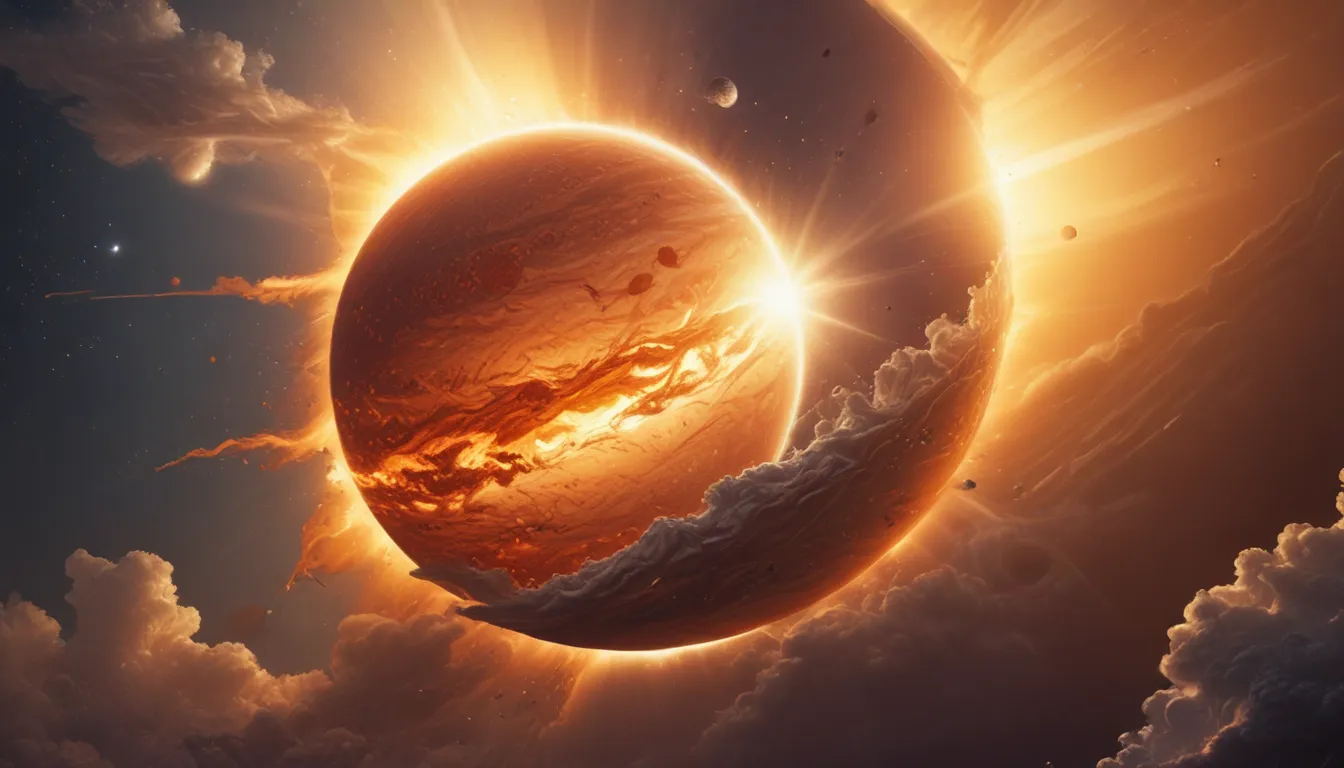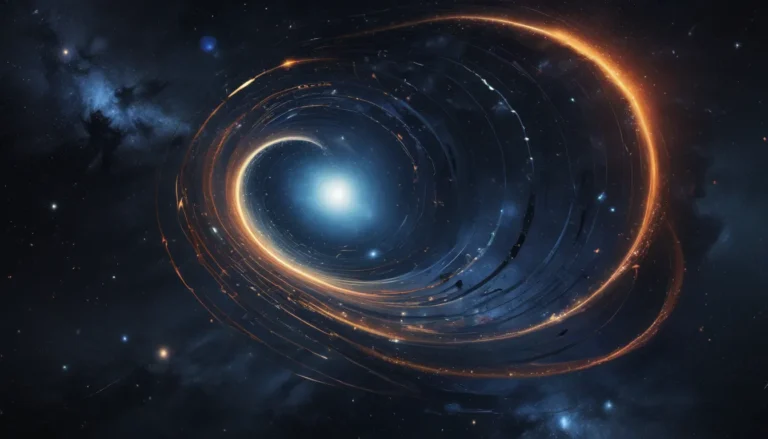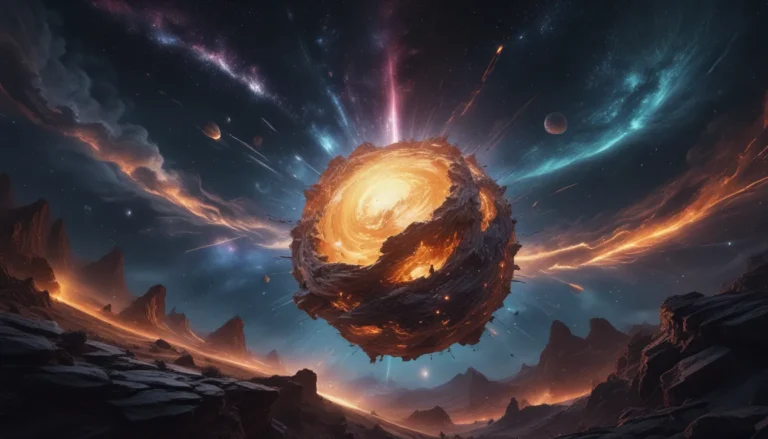The pictures we use in our articles might not show exactly what the words say. We choose these pictures to make you interested in reading more. The pictures work together with the words but don’t take their place. The words still tell you the important facts.
Are you ready to dive into the fascinating world of the Sun, our closest star that has been shining for 4.6 billion years? Join us on a journey to explore the essential and interesting facts about the Sun that will leave you in awe of its sheer magnificence and power. From its gigantic size to its intricate layers, the Sun holds many secrets waiting to be uncovered.
Embracing the Enormity: The Sun Is Huge
Imagine a star that is 109 times the size of Earth, with a gravitational pull that affects everything in our solar system. The Sun's surface area is nearly 12,000 times that of Earth, making it a colossal presence in our universe. If you were to stand on the Sun, your weight would be 28 times higher due to its strong gravitational force. It's truly a titan among celestial bodies.
Basking in its Brilliance: The Sun Is the Closest Star to Earth
As the center of our solar system, the Sun holds a special place as the closest star to Earth. Despite being an average-sized star compared to others, its youthful age of 4.6 billion years sets it apart from older stars that have graced the cosmos for much longer. The Sun's radiant glow is a beacon of light and warmth that sustains life on our planet.
Illuminating Eternity: The Sun Has No Discovery Date
Unlike most celestial bodies with specific discovery dates, the Sun has been known to humanity since time immemorial. Its brilliance has been a constant in human history, guiding civilizations and inspiring awe and reverence. The Sun's timeless presence reminds us of the eternal cycle of day and night that shapes our world.
Navigating Cosmic Horizons: The Sun Will Run Out of Energy
As a star that burns four million tons of hydrogen per second, the Sun is slowly depleting its fuel source. In approximately 5 billion years, it will exhaust its hydrogen reserves and undergo a dramatic transformation. This event could mark the end of Earth as we know it, signaling a profound change in the solar system's dynamics. The Sun's energy is a force that shapes the destiny of our planet and all its inhabitants.
Embracing the Ethereal: Nothing Solid Resides on the Sun
While planets consist of solid materials, the Sun defies conventional norms by being composed entirely of gas. Its makeup consists of 73.46% hydrogen, 24.85% helium, and a blend of other elements like neon, carbon, iron, nitrogen, and silicon. This ethereal constitution adds to the Sun's mystique as a celestial body that transcends earthly boundaries.
Bridging the Distance: Light’s Journey from the Sun
Light takes an incredible 8 minutes and 20 seconds to travel from the Sun to Earth, covering a distance of 93 million miles. This journey, though brief in human terms, carries the legacy of thousands of years within the Sun itself. Looking at the Sun is akin to peering into the past, witnessing the timeless dance of light and energy across the cosmos.
Unveiling the Layers: The Sun’s Six Mystical Layers
The Sun's complexity is revealed in its six layers that form a tapestry of cosmic wonder. From the core that generates the Sun's energy to the corona that envelops its surface, each layer plays a vital role in sustaining the Sun's radiance. The intricate dance of energy and heat within these layers is a testament to the Sun's dynamic nature.
Channeling Celestial Breezes: The Sun’s Solar Wind
The solar wind emanating from the Sun carries charged particles like electrons and protons that propel into space. Earth's magnetic fields deflect these particles, creating a protective shield against the Sun's cosmic emissions. The solar wind is a celestial phenomenon that links the Sun to the far reaches of the universe.
Embracing the Elemental Shifts: Temperature Variations Across the Sun
Temperatures soar to staggering heights in the Sun's core, reaching over 27 million degrees Fahrenheit. As energy cascades through its layers, temperatures fluctuate, creating a dynamic interplay of heat and light. From the scorching core to the cool chromosphere, the Sun's layers form a symphony of temperature variations that shape its essence.
Embracing Cosmic Orbits: Planetary Dances Around the Sun
Mercury, Venus, Earth, Mars, Jupiter, Saturn, Uranus, Neptune, and Pluto dance around the Sun in a celestial ballet that spans the cosmos. Asteroids, meteors, satellites, and comets join this cosmic chorus, orbiting the Sun in a harmonious alignment. The Sun's gravitational pull guides these celestial bodies on their cosmic voyages.
Radiating Reverence: The Sun’s Cultural Significance
Throughout history, the Sun has been a symbol of divine power and cosmic harmony. From ancient civilizations like the Aztecs to iconic monuments like Stonehenge, the Sun has been revered as a godlike presence that illuminates human existence. Its influence on cultures and religions reflects a universal reverence for the celestial source of light and life.
Unveiling Ancient Myths: Tattoos of the Sun on Mummies
Ancient mummies bearing tattoos of the Sun in Libya showcase the enduring significance of this celestial body in human history. These intricate markings symbolize a deep connection to the Sun's power and mystique, revealing a timeless bond between humanity and the cosmic forces that shape our world.
Harnessing Incomparable Power: The Sun’s Unmatched Energy
The Sun's energy output is unparalleled, with a power so vast that it defies human comprehension. To match the Sun's energy, one would need to detonate 100,000,000,000 tons of dynamite every second—a feat that showcases the incomparable might of our nearest star. The Sun's radiance is a testament to the boundless energy that fuels our universe.
Unveiling Cosmic Ripples: Varied Rotations Across the Sun
The Sun's gaseous composition leads to different rotational speeds across its surface. While the equatorial regions complete a rotation in 25 days, the polar areas move at a slower pace, taking up to 36 days to complete a full rotation. This intricate dance of speeds showcases the dynamic nature of the Sun's celestial movements.
Embracing Cosmic Convergence: Earths Encompassed Within the Sun
If the Sun were hollow, nearly one million Earths could fit inside its immense volume. This staggering revelation highlights the vastness of the Sun's size and scale, showcasing its cosmic dominance in our solar system. The Sun's sheer mass and magnitude encapsulate a world of wonder and awe.
Savoring Sunlit Wonders: Conclusion
As we unravel the mysteries of the Sun, we are drawn into a realm of cosmic wonder and celestial beauty. From its colossal size to its radiant energy, the Sun stands as a beacon of light and life in our universe. Its timeless presence and awe-inspiring power remind us of the boundless mysteries that lie beyond our earthly realm. Let us continue to explore and embrace the wonders of the Sun, a celestial masterpiece that illuminates our existence with its eternal brilliance.
Delve Deeper: Expanding Our Cosmic Knowledge
Our journey into the Sun's splendor has only just begun. Join us in uncovering the secrets of the cosmos, exploring the endless wonders that await us beyond the skies. Each discovery brings us closer to understanding the vast mysteries of the universe and our place within it. Let us continue our quest for knowledge and enlightenment, guided by the timeless radiance of the Sun and the infinite horizons of the cosmos. Together, we can embark on a journey of discovery and inspiration, exploring the cosmic tapestry that surrounds us with wonder and awe.






